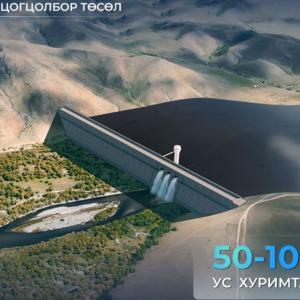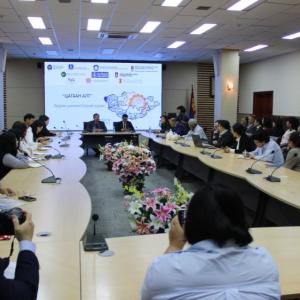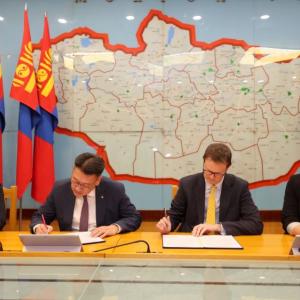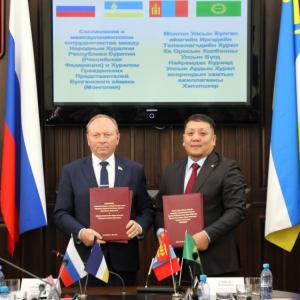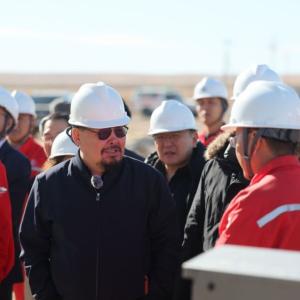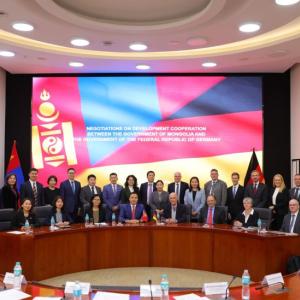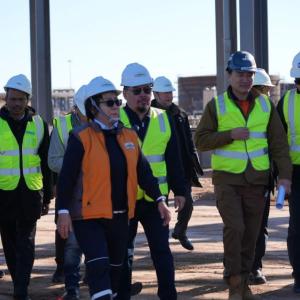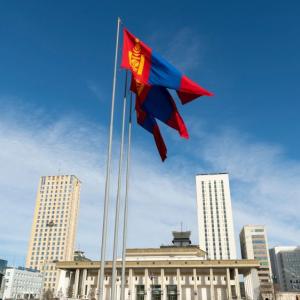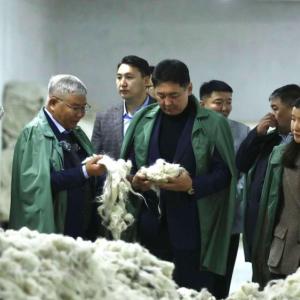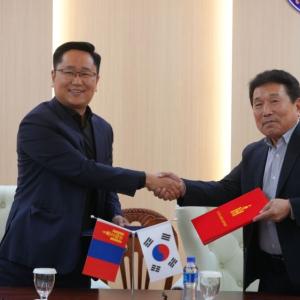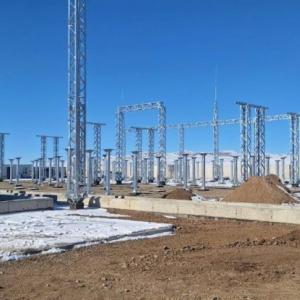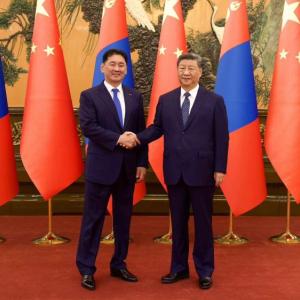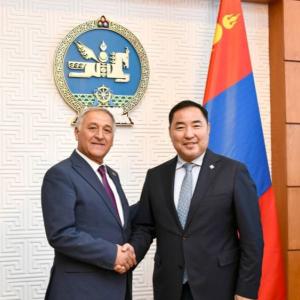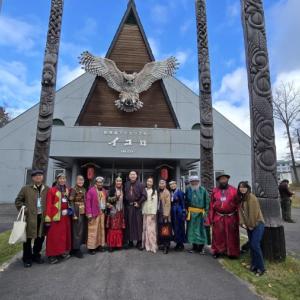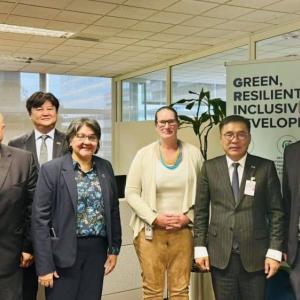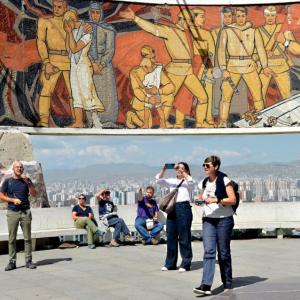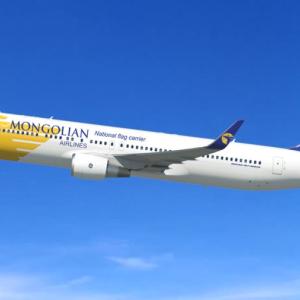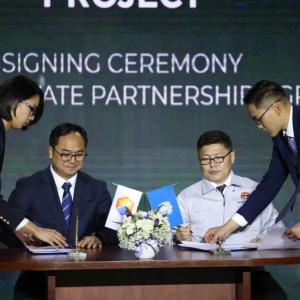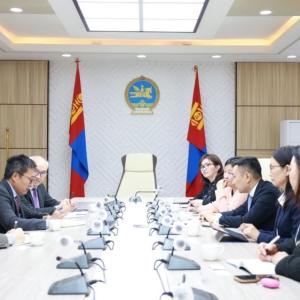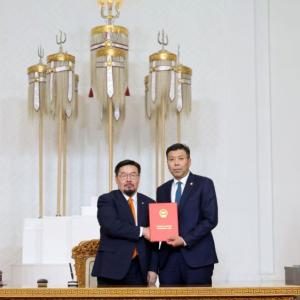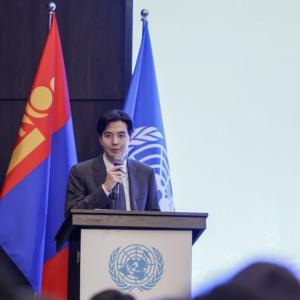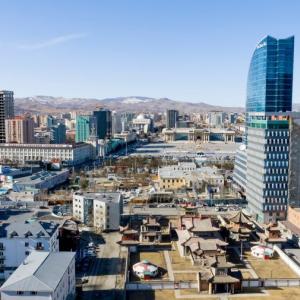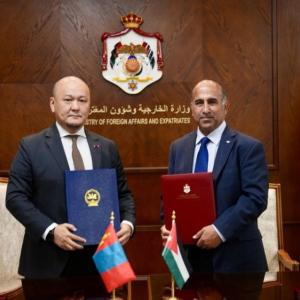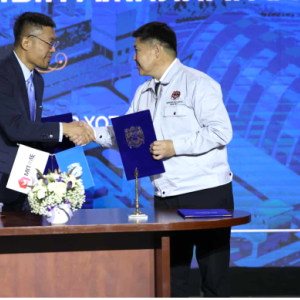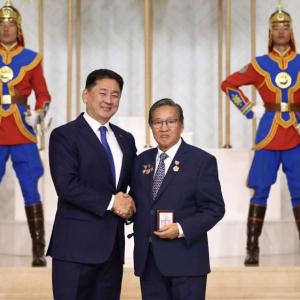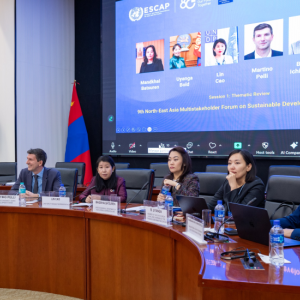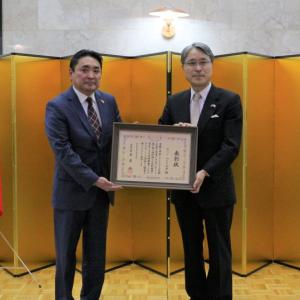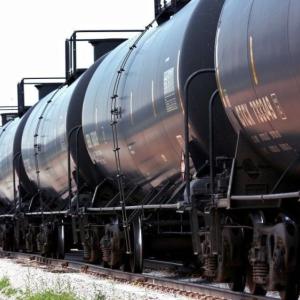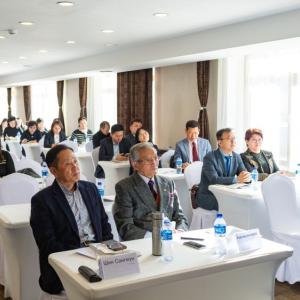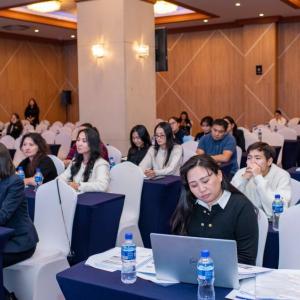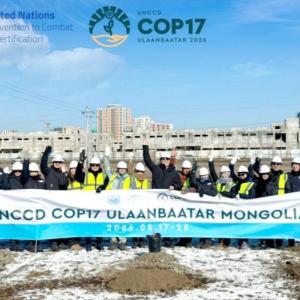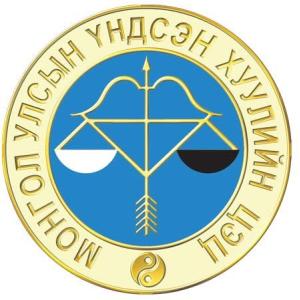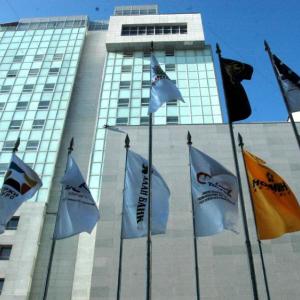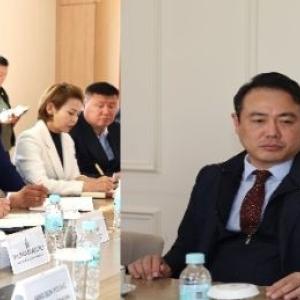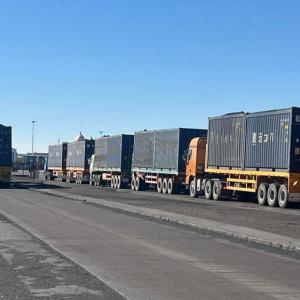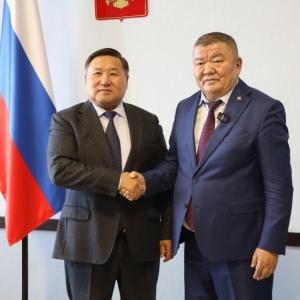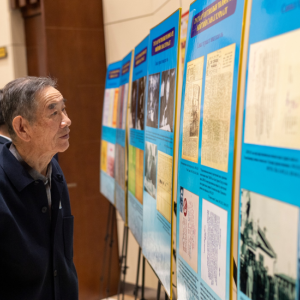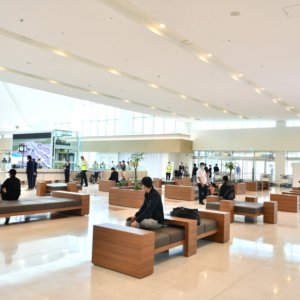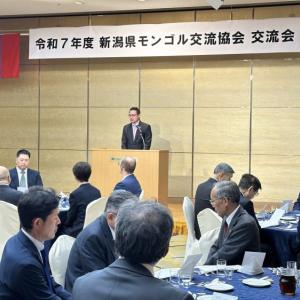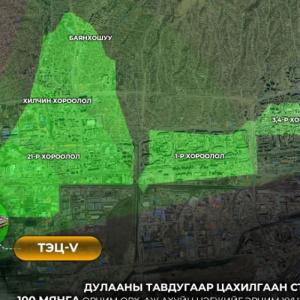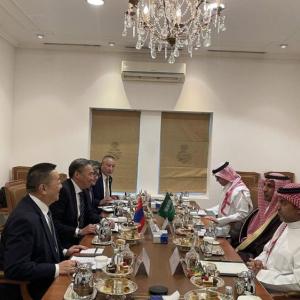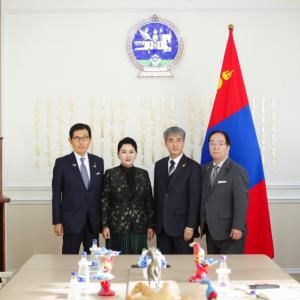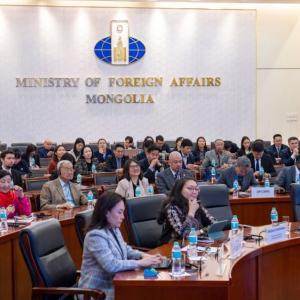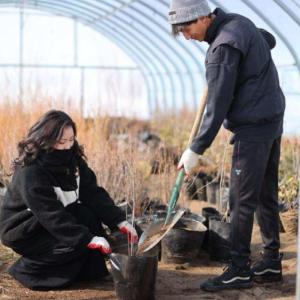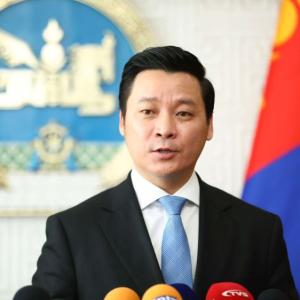S.Amarsaikhan: Natural gas pipeline project enters actualization phase
Economy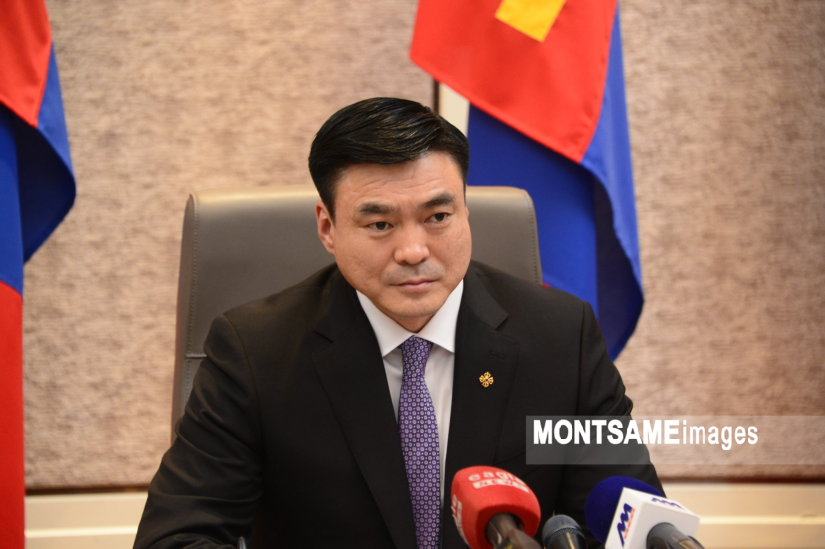
Ulaanbaatar /MONTSAME/ The feasibility study for the construction project on the natural gas pipeline connecting Russia and China through the territory of Mongolia was finalized on January 25. A protocol finalizing the feasibility study was signed between Mongolia and Russia in a ceremony at Shangri-La Hotel. About the event, we interviewed Deputy Prime Minister of Mongolia S.Amarsaikhan.
-What plans have been finalized with the approval of the feasibility study?
-The leaders of Russia’s Gazprom Company came to Mongolia on March 12, 2021, developing the project’s feasibility study and carrying out surveillance and design work. As a result, an action plan was approved and the feasibility study was completed by December 15, 2021. What was confirmed by the feasibility study is that firstly, the project is feasible and secondly, it is economically beneficial.
Thirdly, we have completed the feasibility study, agreeing that a 975 km pipeline could be constructed along railway lines across six aimags from Kyakhta, Russia to Altanbulag and from Altanbulag checkpoint to Zamyn-Uud, and approved it today. The project now enters the actualization phase, meaning we will now commence designing and detailed engineering studies.
Talks have gotten underway with the Russian side to take some from the natural gas to be transported through the territory of Mongolia to satisfy domestic need.
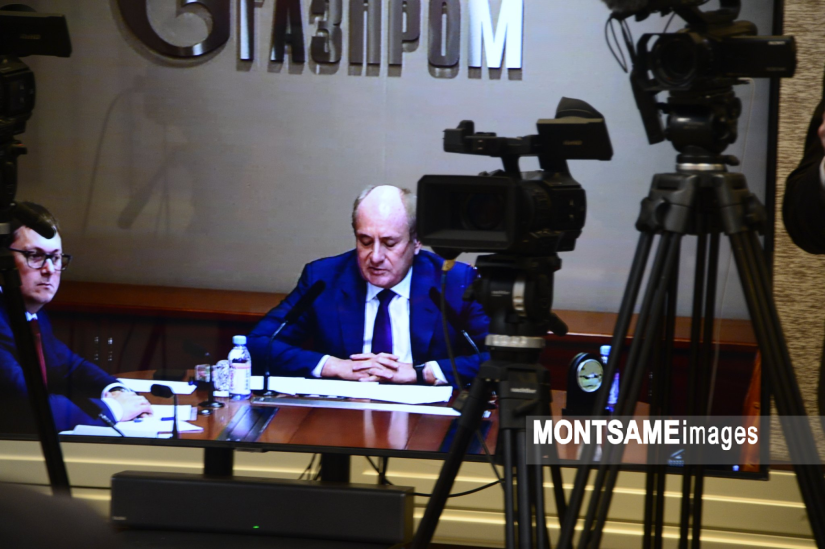
A number of matters including how much and what works to carry out and what technical works will be allocated here are arising in relation to the feasibility study. In accordance with the study, a total of over 7,000 individuals will be employed and five compressor stations will be used for the implementation of the project. It is a mega project that also entails the countries involved sourcing their energy from gas power stations. The feasibility study covered everything including the project size and environmental and safety aspects. A major project is beginning to build a gas pipeline with an annual capacity of 50 billion cubic meters.
-How many soums of what aimags will the pipeline go across?
-It will go across 20 soums of six aimags including Selenge, Tuv, Dornogobi, and Gobisumber, and Ulaanbaatar city.
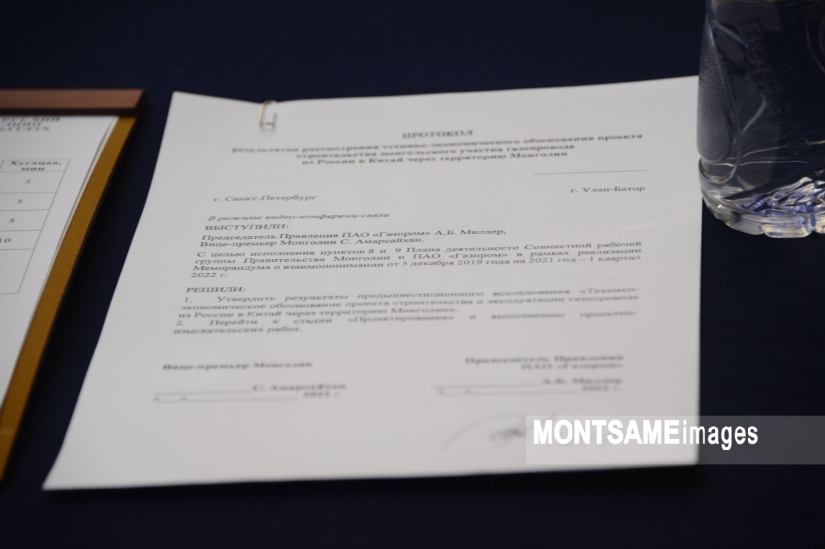
-To what extent will Mongolia be involved in the pipeline project? Will it get gas?
-Talks have gotten underway with the Russian side to take some from the natural gas to be transported through the territory of Mongolia to satisfy domestic need. Moreover, we have set objectives to build one or two power stations for a natural gas source in Mongolia, build new residential areas along the pipeline, supply them with gas for further development, and gradually move to natural gas.
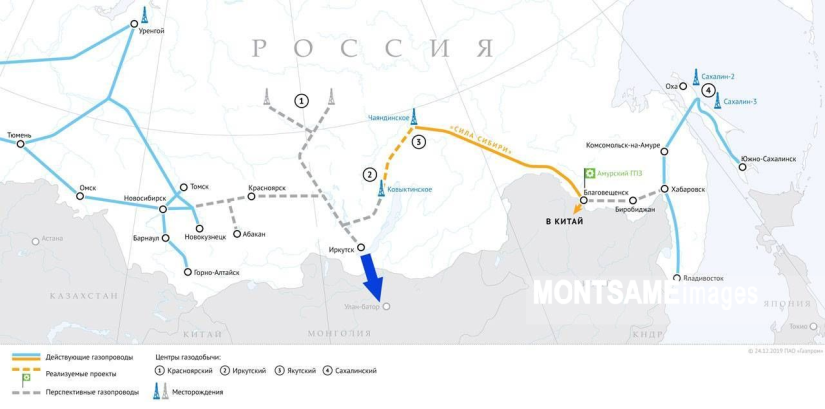
-What documents will be signed next and how will the talks unfold? When will the construction begin? How long will the project be implemented and when will it finish?
-With the approval of the feasibility study, we are moving to detailed planning and actual designing, which are expected to take a year to year and a half. The construction is planned to begin by 2024 and preliminary estimates suggest the project will be completed in 2027-2028. The project costs have been covered in the feasibility study and are being estimated. Further, as the construction and technical plans are developed, it will become clear how much work and budget will be required.
-What responsibilities will Mongolia have? Will it be required to invest from the budget and other sources?
-A lot has been done in this regard and it will be discussed during the next round of talks. The project and talks involve three countries, Mongolia, Russia, and China. As the talks with Russia go on and necessary documents are developed, the efforts will continue with talks with China. The actions will be taken concurrently. They key principle is that we seek an opportunity for a fruitful partnership that benefits all three parties, which is why it will take a lot of effort.
Needless to say, all of this has to be economically beneficial to Mongolia. We are considering many aspects of this such as the amount of profit Mongolia gets and the cost of sourcing from the pipeline, project workforce, and maintenance. We reckon there will be more gains aside from the cost for constructing the pipeline through Mongolia. These will become clearer as the project is carried out.
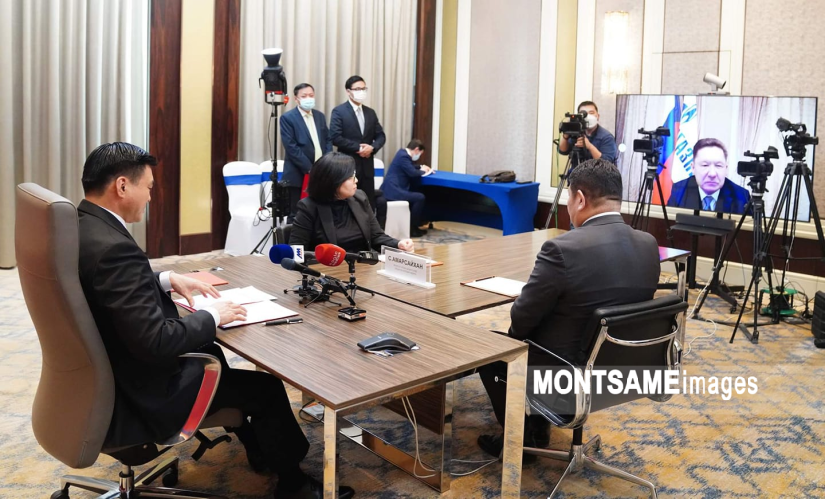
-It is a project involving three countries. Has the Russian side informed of its talks with the Chinese side?
-We have been informed of talks between the other two countries, which will continue. The three countries will have concurrent talks.
-Have the sides settled on what percent of the project workforce will be from Mongolia?
-Mongolia has regulations for the workforce supply, in accordance with which, works will be carried out. They key workforce might arrive from Russia and other countries since the project is an elaborate one that has not been implemented in Mongolia before. We are also beginning the training of local workforce. Workforce will be recruited locally after having them study at Russian universities and colleges and do their training on-site, bringing teachers from abroad, and collaborating with the Mongolian University of Science and Technology and other technical universities. As I said earlier, a large skilled workforce will be in demand, as 1,500 to 7,000 people will work on the project.
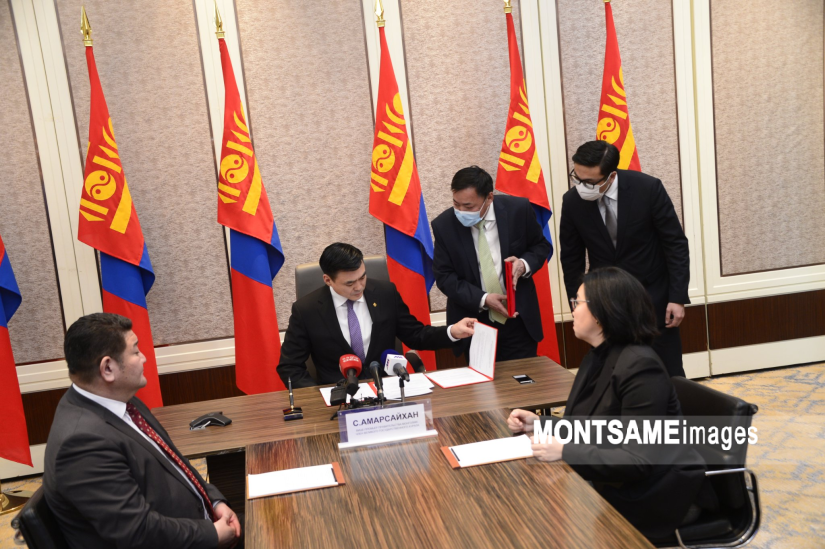
 Ulaanbaatar
Ulaanbaatar






